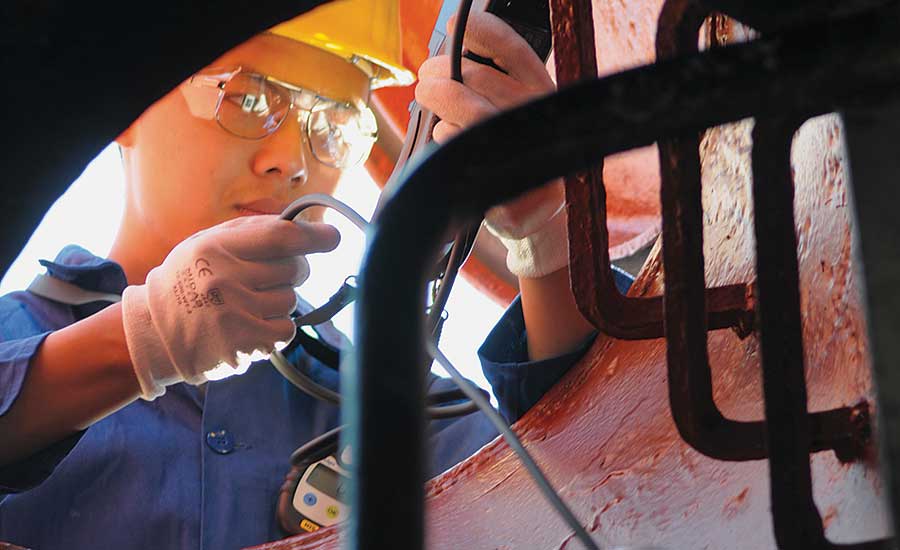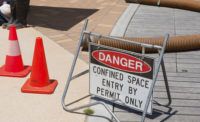OSHA issued its final rule in May 2015 to strengthen protections for construction workers in confined spaces (29 CFR 1926 Subpart AA §§1926.1200 through 1926.1213 —Confined Spaces in Construction), which was designed to help save lives in an industry where environments are constantly evolving. Roughly 20 months later, the Bureau of Labor Statistics reported that the construction industry not only topped its 2015 Census of Fatal Occupational Injuries (CFOI), but it also experienced the largest number of construction worker deaths since 2008.1 Of those, 15 percent were related to exposure to harmful substances or environments.2
Fractions of a second count when faced with a hazardous environment. All parties involved in confined space work must employ a safety-first mentality. That means utilizing a mix of proper preparation techniques, putting these practices into action and ensuring the right people are in position.
Preparation & Practice: Atmospheric monitoring
When presented with a situation where it’s necessary to enter confined space – from routine maintenance to emergency rescue – atmospheric monitoring can save lives. According to 1926.1203 continuous and/or periodic monitoring may be required in confined spaces depending on the situation. And workers entering the space must be given an opportunity to witness testing.
Workers may encounter exposure to noxious gases, such as methane or hydrogen sulfide, or may find themselves in oxygen-deficient atmospheres. Possessing knowledge of which potential hazards may exist is equally as important as choosing the proper equipment. When working in an inert atmosphere, use devices that contain infrared sensors, which don’t require oxygen for a reaction. For scenarios where oxygen is present, the flexibility of a catalytic sensor is key.
Preparation & People: Competent person
Standards and safety equipment are only as good as the people who follow and use them. Before activity can even begin at a worksite, employers are tasked with ensuring a “competent person” conducts an evaluation and identifies confined spaces, including permit spaces. In the process, the competent person may also perform testing procedures, which could identify risks from the start and prevent life-threatening situations from arising.
People & Practice: Attendant
One of the most important personnel roles as it relates to confined space is the attendant. OSHA states that this mandated person, who is stationed outside one or more permit spaces, must fulfill all the duties specified in 1926.1209. Not only is this individual tasked with summoning rescue and emergency services if he or she determines that entrants require assistance to escape, but in order to make that call, he or she must first be aware of the potential hazards that workers can face, including the behavioral effects of any exposure.
Without a doubt, the industry can recognize OSHA’s update as a great leap toward a stronger safety culture for the construction industry, but at the end of the day, the onus to abide by those provisions is spread across many shoulders. There is no one-size-fits-all approach to safety; it’s finding the right combination of preparation, practice and people that can truly prevent injury and save lives.
References
1 https://www.bls.gov/news.release/pdf/cfoi.pdf
2 http://www.constructconnect.com/blog/construction-news/construction-leads-industries-worker-deaths/





